Most owners of traditional air conditioning systems are familiar with the requirement that doors and windows must be closed when operating this equipment. Otherwise, not only the room will be cooled, but also the corridor, and it is very difficult for a split system to cope with this task. What to do in cases when on hot summer days a favorable microclimate needs to be created not only in rooms or offices, but also in the corridor. Installing an air conditioner in every room is unrealistic and unprofitable. In this case, the best option is to install a multi-zone system.
What are multi-zone air conditioners
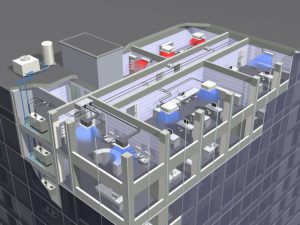
These are climatic installations that are able to create a favorable microclimate not in one apartment or room, but in several, for example, in an office or a high-rise building. In other words, such equipment is installed in office buildings, hospitals, large offices or enterprises, hotels, and so on.
Note: not every multi-zone system is capable of cooling, heating all rooms at once, this possibility directly depends on the manufacturer and the specific model taken.
Similar air conditioning systems are of type VRV and VRF:
- the first Variable Refrigerant Volume (VRV), translated as "variable refrigerant volume", was issued and patented by TM Daikin at the end of the last century (1982);
- the second system - Variable Refrigerant Flow or VRF is translated as “variable refrigerant flow”. In fact, it is similar to the first, but since the abbreviation VRV is already registered to the specified company, other manufacturers that produce similar equipment are forced to indicate this particular abbreviation on it.
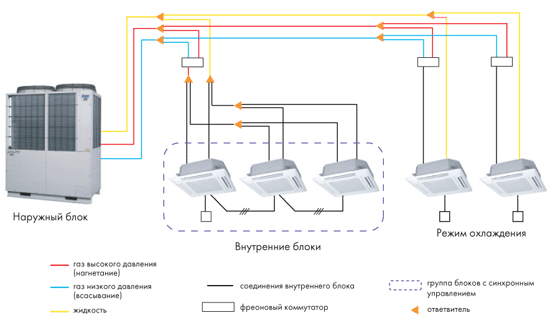
Multi-zone VRV / VRF conditioning involves the use of a common freon line from pipelines. Indoor units are equipped with a thermostatic valve, the task of which is to control the amount of refrigerant coming from the pipeline, taking into account the required load. Due to this, these air conditioning systems are characterized by high accuracy and evenness in maintaining a comfortable temperature in comparison with traditional air conditioners, where the temperature can cause temperature fluctuations due to regulation when turned on or off.
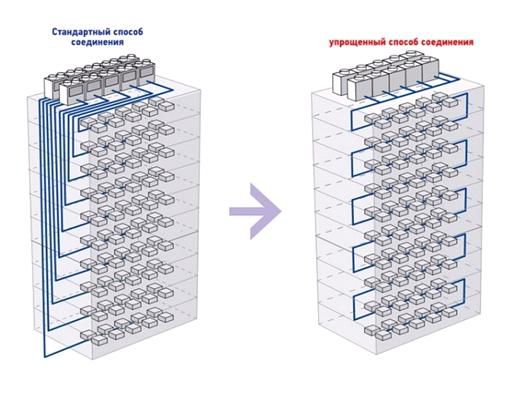
Capabilities of VRV and VRF air conditioning systems
If earlier a central air conditioner was used to create a favorable microclimate in large buildings, today this problem is solved with the help of a chiller-fan coil system. This is beneficial in terms of saving electrical energy and creating a technical project. This air conditioning system also surpasses it in cost. Moreover, such a method of air conditioning, in addition to such properties as cooling or heating, can significantly reduce the humidity in the premises. The function is performed offline using a special program. The units can perform self-diagnostics in case of power outages and turn off on their own in emergency situations.
The air conditioning control system allows you to control and adjust the operation of the units due to forced intervention by remote control panels, a computer or a central control panel.The standard circuit is able to operate even at very low temperatures (-2000C), although today there are models that can work properly even at -3500C.
But the most basic feature of this installation is the ability to create different temperature conditions in different rooms, and no traditional air conditioner can cope with this task. This is the main argument to consider VRV and VRF air conditioning systems a great breakthrough and achievement in the field of climate control equipment, which combine maximum control of the microclimate in every single room or office.
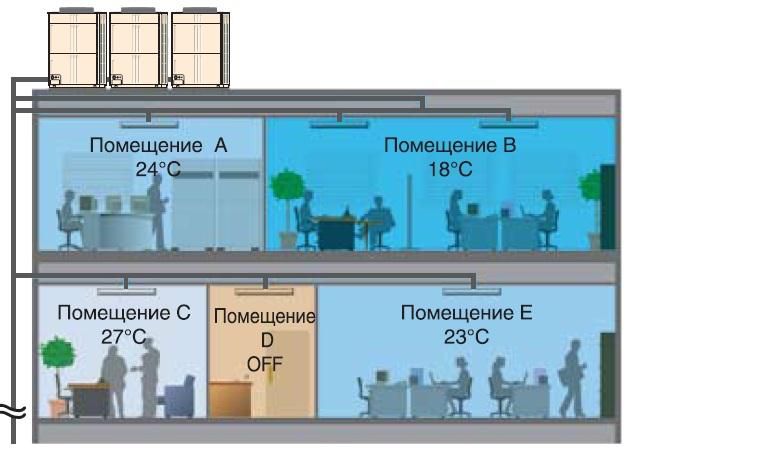
Advantages and disadvantages of using this equipment
A significant advantage of using VRV and VRF air conditioning systems is the ability to centrally control all systems at the same time thanks to a microprocessor built into the equipment. It automatically distributes the power of each module connected to the air conditioning system in the desired mode. This is the main competitor of the Chiller-Fan Coils system, because in comparison with it, it is endowed with a number of advantages:
- profitability. Despite the high cost of equipment, during operation, these units allow you to significantly save electricity, while the performance of the modules remains high and as accurate as possible;
- comfortable microclimate. The range of modes makes it possible to choose the most optimal temperature indicators, taking into account the needs and preferences of the user;
- low noise level. The design is designed in such a way that the noise level during the operation of the unit is minimal;
- long service life. Due to the fact that manufacturers simplify the design as much as possible, its service life is at least 10 years;
- scale. Several dozen external units can be connected to one external unit. For reference! In traditional air conditioning, there are only a few;
- the appearance of the facade. In this system, only one external unit is used, to which all the others are subsequently connected. In traditional air conditioning, each apartment must be installed separately, and this spoils the appearance of the facade, especially if it is a beautiful architectural building;
- ease of installation and cost. Due to the fundamental technical difference, in comparison with other air conditioning systems, a common freon line is used here, and not separately. This fact significantly affects the cost and ease of installation. Moreover, the system can be expanded at any time without sacrificing the capacity of the internal modules.
Disadvantages of using VRV and VRF conditioning:
- the most significant and significant drawback is the high cost. If we are talking about a residential apartment where there are only 3 or 5 rooms, then in this case it is irrational to use these blocks. Another thing is when you need to equip a favorable and comfortable microclimate in multi-room buildings: a hotel, a medical center or a large company, then the use of these systems is more than justified and justified.
Service of VRV / VRF air conditioners
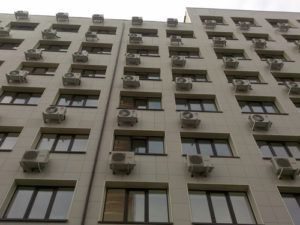
Any air conditioner is a special type of climatic equipment and needs maintenance systematically. Failure to comply with this requirement can lead at best to interruptions in work, at worst - to failure. Therefore, these need to be monitored regularly, even if no obvious violations are found in the work. You should also not do it yourself, since today there is no shortage of masters and SCs.
It is strictly forbidden to install these systems on your own, since the development of the project and the installation process are complex and painstaking work that must be performed exclusively by professionals who understand the equipment and installation. With the right approach and thoughtful actions, the result will surely exceed expectations.

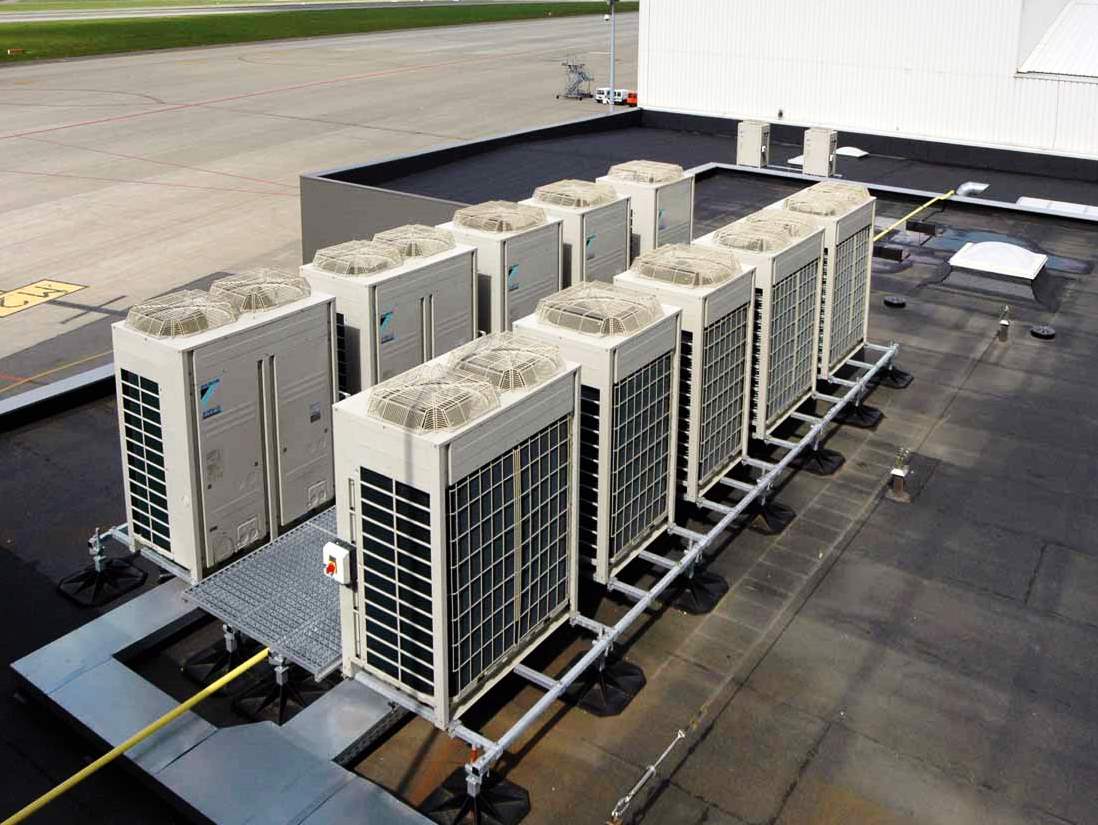
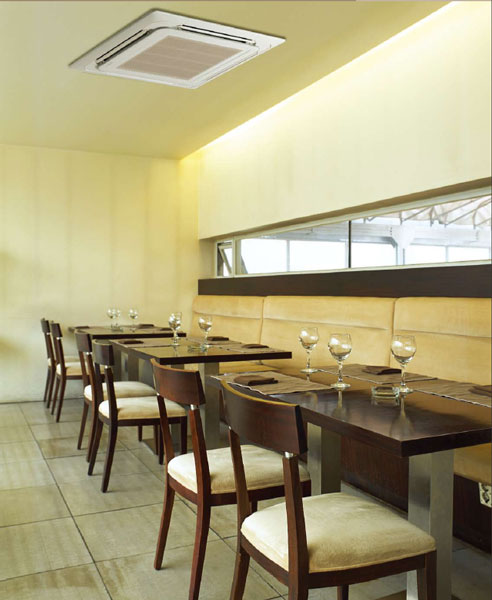
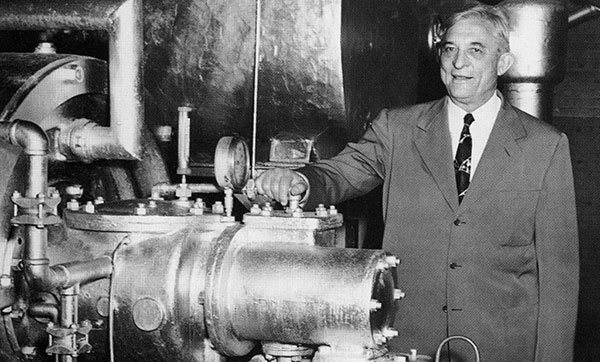
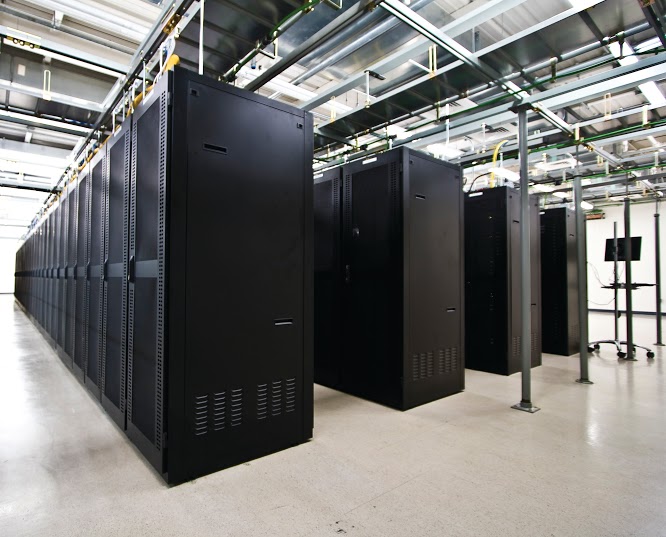
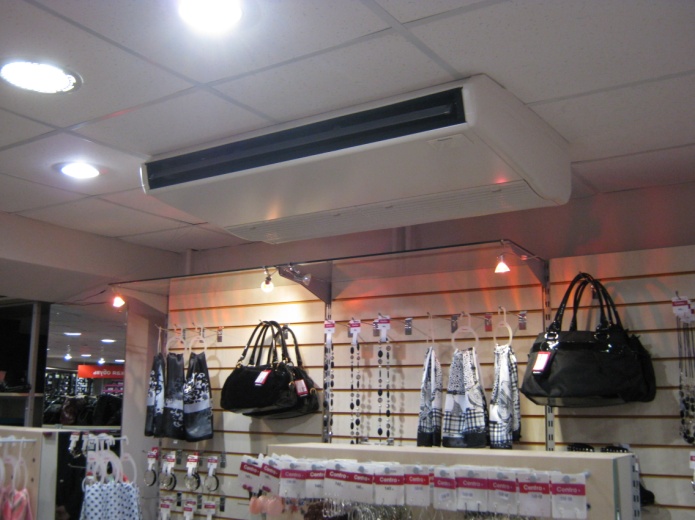
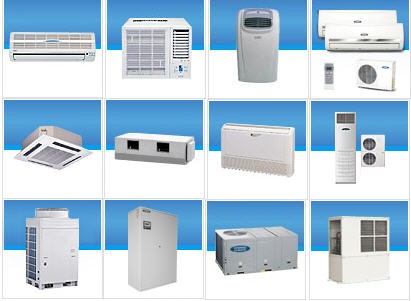
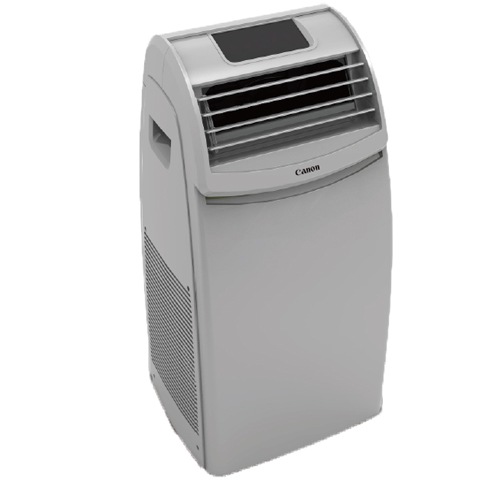

Several dozen external units can be connected to one external unit.